Do you know what a Viltsgryta is?
Viltsgryta literally translates to “game stew” and is a stew dish eaten in Sweden.
This dish, which will grace our tables in the coming season, exists as an indispensable part of our food culture for surviving the winter.
This time, we'll introduce you to some of these Nordic dishes!
Please be sure to watch until the very end.
Additionally, TasteTune introduces cuisines from around the world and streams music that expresses those dishes♪
You can listen to it on YouTube, Spotify, and other platforms, so enjoy it along with this article!
What is Viltsgryta?
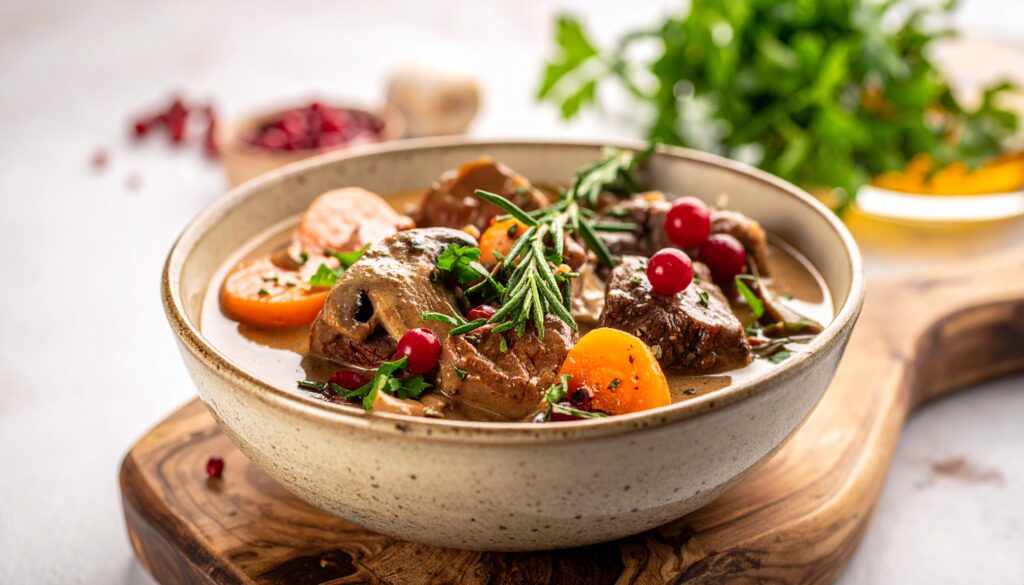
Viltsgryta is a type of stew eaten in Sweden.
The name is said to derive from the Swedish words “vit,” meaning wildlife or game, and “gryta,” meaning stew or casserole.
It literally means game stew.
In Japan, it is rarely written as “Viltsgryta” and is more commonly referred to as “game stew” or simply “Viltsgryta.”
Wild game, such as deer, elk, and hare, is the main ingredient in Viltsgryta.
These game meats are simmered slowly, with red wine and berries added as a key feature.
This process adds acidity and sweetness to the meat's savory umami and simple flavor, resulting in a rich yet well-balanced taste.
Additionally, many recipes call for adding fresh cream last, which imparts a smooth, rich flavor.
And Viltsgryta is a staple dish for fall and winter, especially cherished as a warming meal during the coldest seasons.
Stewed dishes in particular keep well, making them a deeply rooted part of the food culture for surviving the winter.
TasteTune「Viltsgryta」
Everyone, have you heard Tastetune's song “Viltsgryta”?
This music draws inspiration from Viltsgryta, expressing through sound the majestic nature of the Nordic region and the rich flavors found in stew.
It begins with gentle strings, woodwinds, and soft percussion, then rhythmic hand drums join in, eventually building explosively into a chorus woven from layered violins, powerful horns, and_ a grand melody.
This world of sound invites listeners deep into a snow-covered forest, allowing them to feel the warmth and richness inherent in Viltsgryta.
Please give it a listen!
Below, we introduce the thoughts, expressions, and creative approaches embodied in this musical work.
The Sound of Snowy Forests and Stillness
At the heart of this piece lies the landscape of a snow-covered Nordic forest and the signs of life that dwell within it.
The gentle strings and the warm, woody tones of the flute paint a picture of the forest's mystique as snow falls softly and accumulates.
The soft resonance of percussion instruments evokes the sound of footsteps gently treading on snow and the presence of creatures quietly breathing deep within the forest.
Its timbre allows you to hear the harshness and beauty of nature that nurtured the dish known as Viltsgryta.
The joy of simmering time and sharing
The song begins gently, like stew simmering softly in a pot.
As the rhythm builds, the energy of those preparing the meal and the deep richness of ingredients slowly melding together begin to unfold.
And at the climax, powerful sounds overlap, transforming into a grand crescendo.
It represents the moment when everyone smiles around the finished Viltsgryta, recreating the stew's rich flavor and warmth through sound.
A Tale of Grandeur and Warmth
What resonates throughout this entire piece is a sense of “grandness,” “warmth,” and “strength.”
It brings to mind a scene of gathering around a warm stew with family and friends in a snowy forest, sharing heartfelt moments.
The simplicity of Nordic folk songs blends with a cinematic, expansive soundscape, evoking both nature's bounty and_ the bonds between people.
Its rhythm and melody transport listeners to a Nordic table, conveying the “strength” and “spirit of community” inherent in Viltsgryta.
Taste with Your Ears: Viltsgryta
This piece of music is not just background music.
It is an experience where you can feel through sound the “rich flavors,” the “majestic nature” of Scandinavia, and the “warm bonds” connecting people.
Close your eyes, and the image of gathering around warm stew in a snowy forest will appear, filling your heart with contentment.
Please surrender yourself to this journey of sound and fully immerse yourself in the world of “Viltsgryta.”
The History of Viltsgryta
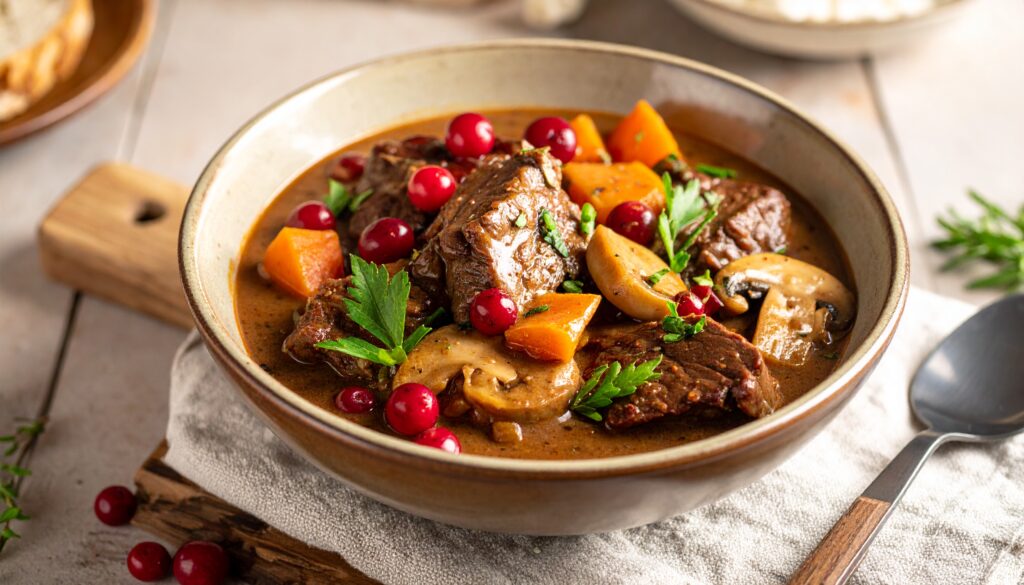
The history of Viltsgryta began with hunting.
Northern Europe has long been blessed with abundant natural resources, and hunting was an important source of sustenance for daily life.
However, game meat is tough and stringy, so many parts are difficult to eat simply by grilling.
To address this, we simmered the ingredients (heating them for a long time).
This not only tenderized the meat but also allowed the nutrients and umami to dissolve into the broth, ensuring nothing went to waste.
This practice is said to have begun around the 10th century BC.
By the Middle Ages (11th to 15th centuries), game meat became a symbolic food for the nobility and was increasingly served as a luxurious meat dish at banquets.
Roasted dishes were common, but stews and braised dishes also became established due to their ease of preservation and preparation.
As spices began to be imported, innovations such as adding cinnamon and cloves to stews were also seen.
During the early modern period (16th to 18th centuries), stewed game dishes became commonplace on the tables of ordinary people.
While retaining its ease of preservation, it paired well with root vegetables that were becoming popular around this time, and stewing it with meat became common practice.
In modern times, stewed dishes hold significance as seasonal cuisine.
Especially in autumn, as hunting season begins, many stews like these are prepared.
Trivia and Fun Facts About Viltsgryta
Symbol of Hunting and Community
In Northern Europe, autumn marks the start of hunting season.
Since large quantities of game meat could be obtained at once, it evolved into a dish simmered in a large pot and shared among everyone.
Therefore, “sharing with family and the village” and “eating with hunting companions” took on social significance, becoming dishes that symbolized the community.
Compatibility with mushrooms
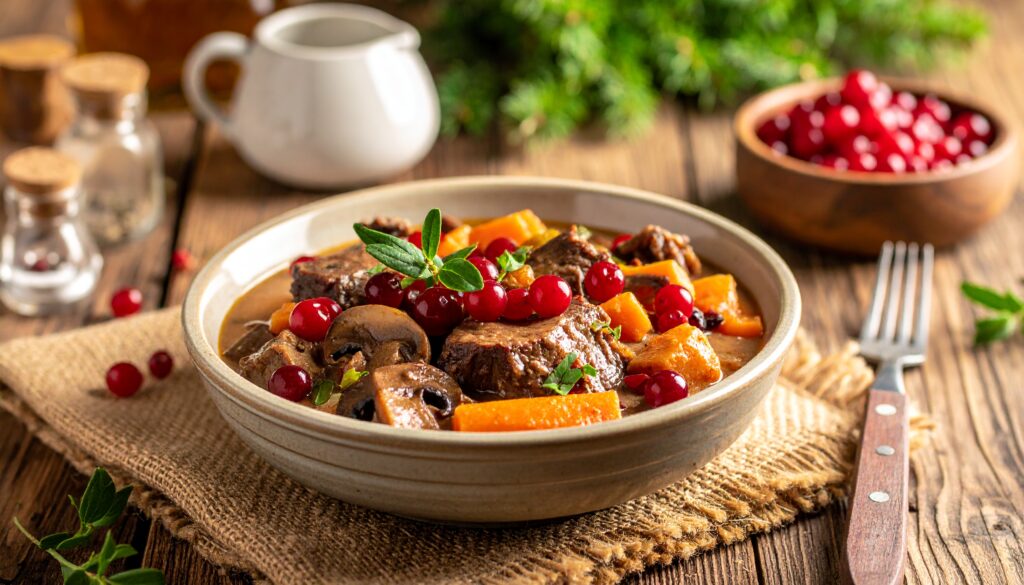
Mushroom picking is also popular in Northern Europe during autumn.
Therefore, ‘Mushroom-Stuffed Viltsgryta’ has become a staple of autumn.
Especially popular is the version with added cantarella mushrooms.
Red Wine and Berries
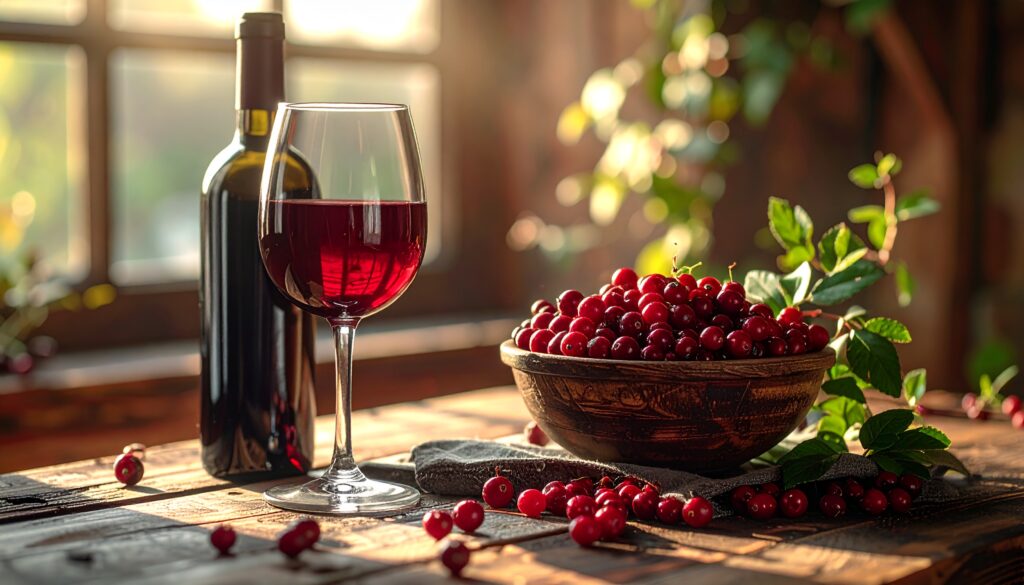
Modern recipes often use red wine or lingonberries.
Berries with strong acidity soften the “wild scent” of game meat and give the sauce a refreshing finish.
Actually, this concept dates back to the Middle Ages, when sour flavors (from fruit or vinegar) were also used to adjust the taste of game meat.
A fusion of traditional and modern cuisine
Viltsgryta is a traditional “hunting stew,” but in recent years it has also become available at restaurants.
It has evolved into a refined Nordic-style modern stew with added cream and has become established as a “delicious treat for fall and winter.”
Freezing actually deepens the flavor.
Since Viltsgryta is often made in large pots, any leftovers are frozen.
You might think freezing it could make it taste worse, but that's not the case. In fact, it's said that after thawing, the flavors meld together and it tastes even better.
It was also a preserved food that would last until the next hunt, thanks to Nordic wisdom.
How to Make Viltsgryta
Ingredients (Serves 4)
- Game meat (venison, elk meat, deer meat, etc.) … approximately 600–700 g (diced)
- Dried mushrooms (such as porcini) … as needed (soaked beforehand)
- Onion … 1–2 (finely chopped)
- Carrot … as needed (diced)
- Parsnips and other root vegetables … as needed (diced)
- Garlic … 1–2 cloves (minced)
- Red wine … approximately 300–400 ml
- Red wine vinegar … a small amount (for marinating)
- Crushed juniper berries … 1 to 2 teaspoons
- Herbs such as thyme … to taste
- Stock or bouillon … approximately 300–400 ml
- Whipping cream … approximately 200–300 ml
- Ingredients for sauce (such as jelly, blackcurrant jam, etc.) … a small amount (for flavoring)
- Salt ... appropriate amount
- Black pepper … to taste
Preparation
- Marinade
Marinate the meat for a while with red wine, red wine vinegar, crushed juniper berries, thyme, and other ingredients.
It is best to refrigerate for several hours to overnight. - Rehydrating mushrooms
Soak dried mushrooms in cold or lukewarm water (about 30 minutes). - Cut the root vegetables, onions, and garlic into appropriate sizes.
Cooking Instruction
- Lightly brown the meat
Pat the meat dry after removing it from the marinade, then sear all sides in a hot skillet (preferably a heavy-bottomed one) until browned. - Add vegetables, onions, and garlic.
Add onions, garlic, and root vegetables to the seared meat and stir-fry to bring out the vegetables' aroma. - Pour liquids
Add the marinade, stock (bouillon), red wine, and mushroom soaking liquid. Bring to a boil, then reduce to low heat, cover the pot, and simmer.
Cook for about 1 to 2 hours, until the meat is tender. - Add mushrooms
Add the rehydrated mushrooms toward the end of simmering or partway through, and simmer them together. - Finishing (cream, flavoring)
Add fresh cream to achieve a mellow texture. Adjust sweetness, acidity, and richness as needed with sauce, jelly, jam, soy sauce, etc.
You may thicken it with water. - Adjust the seasoning
Season with salt and pepper. Garnish with herbs and berries.
Points to Note and Tips
- When grilling meat, the key is to avoid burning it by starting on high heat → then reducing to medium heat to slowly develop color.
- Allowing ample marinating time softens the gamey flavor of wild game and deepens its taste.
- To prevent them from falling apart, mushrooms and vegetables are often added later in the cooking process.
- When adding cream, reduce the heat and be careful not to bring it to a boil. Dairy products tend to separate at high temperatures.
- Gradually add small amounts of ingredients that adjust the sweetness and acidity of the sauce (such as jam, fruit-based sauces, or acidic items), tasting frequently as you go.
- The day after simmering, when it's cooled down, the flavors often blend together better and taste even more delicious.
Summary
How did you like it?
This time, we introduced the Nordic game stew, Viltsgryta!
As we head into the colder seasons of fall and winter, Viltsgryta provides the vitality to get through them.
On cold days, it's truly delightful to gather together and enjoy a warm stew!
Incidentally, I feel that the name Viltsgryta itself is quite rare in Japan.
Therefore, it may be difficult to pinpoint and visit restaurants in Japan that serve dishes with exactly the same name.
However, you might find it at restaurants specializing in game meat or Nordic cuisine!
And at TasteTune, we always include simple instructions for each recipe.
Making it at home might be another way to enjoy it.
I'd love to try it on a cold day sometime!
Thank you for watching until the very end!
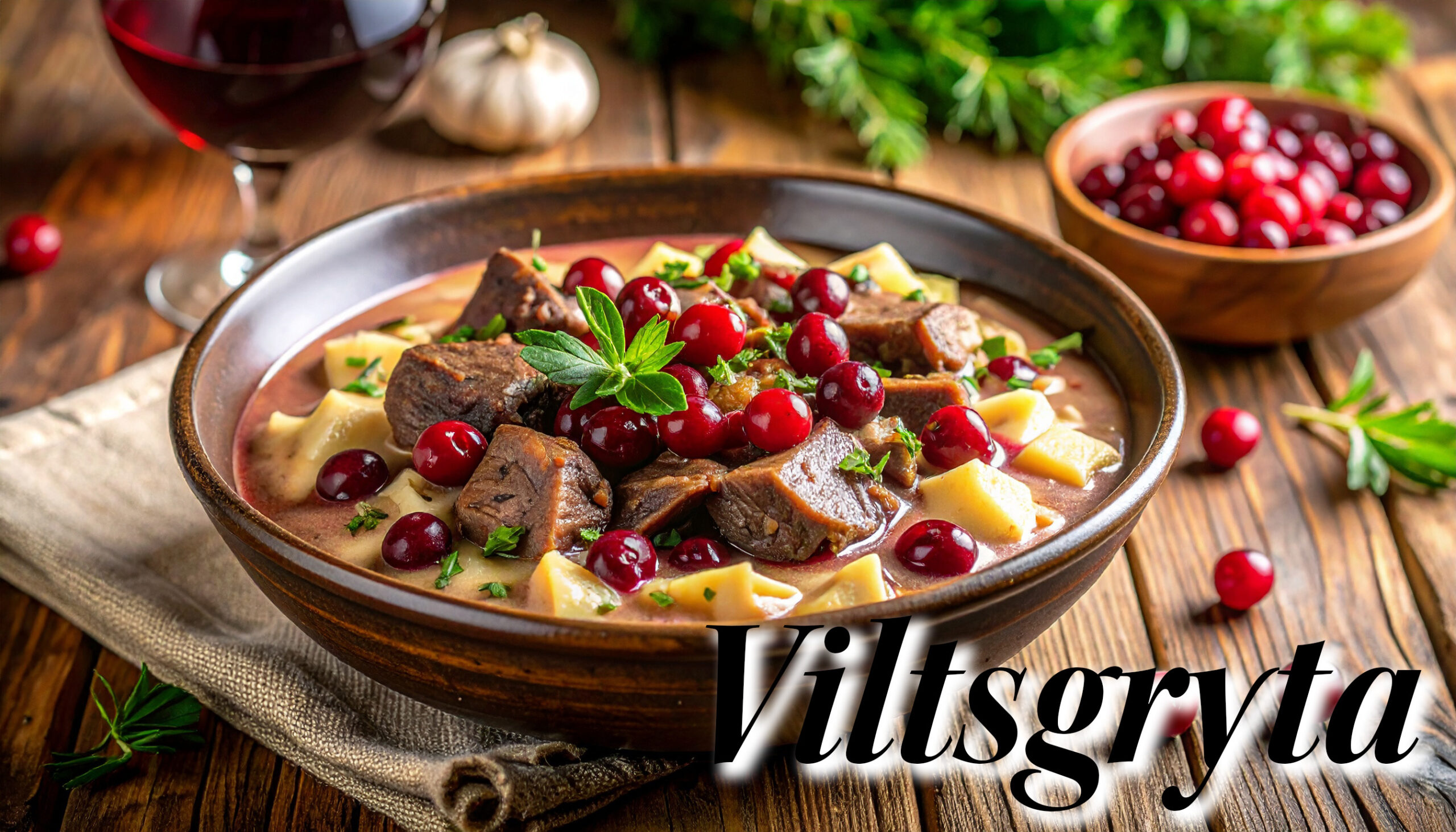
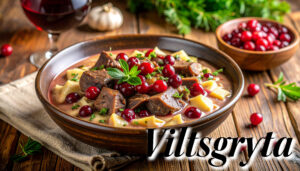
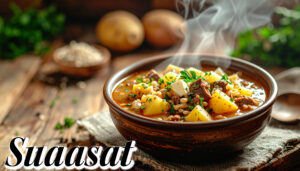
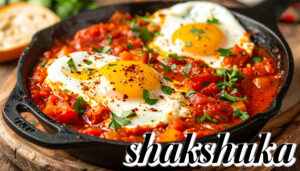
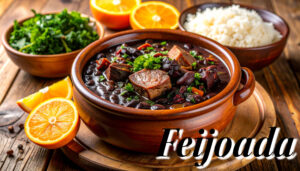
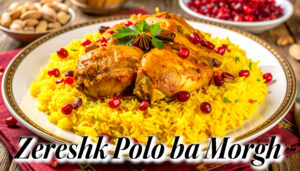
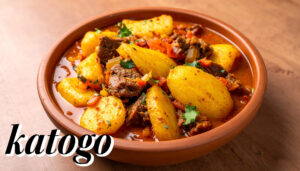
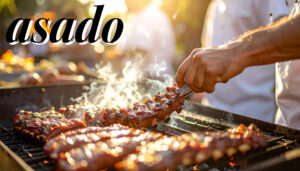
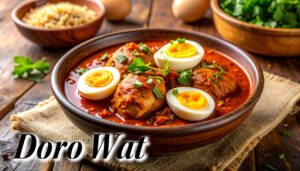

Comments